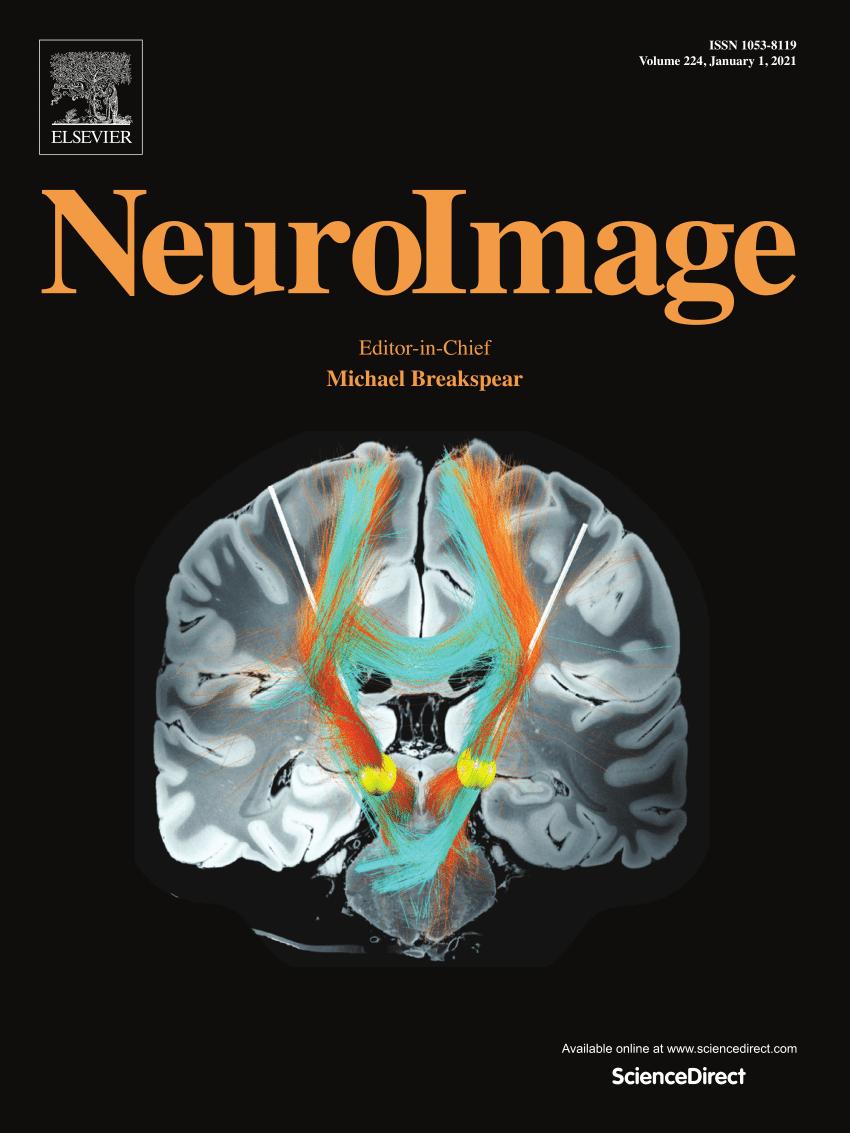心跳暂停:运动准备过程中心脏信号的皮层处理。
IF 4.5
2区 医学
Q1 NEUROIMAGING
引用次数: 0
摘要
大脑和心脏共同工作以优化对环境需求的反应,心脏信号影响感知和行动。心脏减速通常与反应抑制有关,增强了大脑对刺激进行编码和准备行动的能力,最大限度地减少了内部信号的干扰。虽然这种适应性机制促进了运动准备,但在皮层水平上心脏信号和运动抑制的相互影响尚不清楚。本研究通过心跳诱发电位(HEP)的测量,调查了情境驱动的运动抑制是否调节皮层心脏信号处理。参与者在两种情境下完成了一项Go/No-Go任务:低主动抑制(LPI,不频繁的No-Go刺激)和高主动抑制(HPI,频繁的No-Go刺激)。EEG和ECG分析集中在刺激前阶段的HEP,假设HPI会增强HEP振幅,特别是在运动准备阶段(HEP2)。与主动抑制策略一致,参与者在HPI条件下表现出较慢的反应时间和较低的准备电位(BP)振幅,表明与LPI相比,准备过程中的运动参与减少。至关重要的是,在HPI情境下的运动准备过程中,HEP2的振幅明显更高,而HEP1没有观察到情境驱动效应。重要的是,这种调节独立于更广泛的生理调节,包括心脏减速。这些发现表明,在运动准备过程中,主动抑制环境特异性地增强了心脏信号处理。这种调节强调了心脏加工和运动抑制之间的功能联系,可能在优化需要约束和控制的情景的生理和认知准备方面发挥适应性作用。本文章由计算机程序翻译,如有差异,请以英文原文为准。
Heartbeat on hold: cortical processing of cardiac signals during motor preparation
The brain and heart work together to optimize responses to environmental demands, with cardiac signals influencing perception and action. Cardiac deceleration, often associated with response inhibition, enhances the brain’s ability to encode stimuli and prepare for action, minimizing interference from internal signals. While this adaptive mechanism facilitates motor preparation, the reciprocal influence of cardiac signals and motor inhibition at the cortical level remains unclear.
This study investigated whether context-driven motor inhibition modulates cortical cardiac signal processing, as measured by the Heartbeat-Evoked Potential (HEP). Participants completed a Go/No-Go task with two contexts: low proactive inhibition (LPI, infrequent No-Go stimuli) and high proactive inhibition (HPI, frequent No-Go stimuli). EEG and ECG analyses focused on HEPs during the pre-stimulus phase, with the hypothesis that HPI would enhance HEP amplitude, particularly during motor preparation (HEP2).
Consistent with proactive inhibition strategies, participants displayed slower reaction times and reduced readiness potential (BP) amplitudes in the HPI condition, indicating reduced motor engagement during preparation compared to LPI. Crucially, HEP2 amplitudes were significantly higher during motor preparation in the HPI context, while no context-driven effects were observed for HEP1. Importantly, this modulation was independent of broader physiological adjustments, including cardiac deceleration.
These findings suggest that proactive inhibition contexts specifically enhance cardiac signal processing during motor preparation. This modulation highlights a functional link between cardiac processing and motor inhibition, likely serving an adaptive role in optimizing physiological and cognitive readiness for scenarios requiring restraint and control.
求助全文
通过发布文献求助,成功后即可免费获取论文全文。
去求助
来源期刊

NeuroImage
医学-核医学
CiteScore
11.30
自引率
10.50%
发文量
809
审稿时长
63 days
期刊介绍:
NeuroImage, a Journal of Brain Function provides a vehicle for communicating important advances in acquiring, analyzing, and modelling neuroimaging data and in applying these techniques to the study of structure-function and brain-behavior relationships. Though the emphasis is on the macroscopic level of human brain organization, meso-and microscopic neuroimaging across all species will be considered if informative for understanding the aforementioned relationships.
 求助内容:
求助内容: 应助结果提醒方式:
应助结果提醒方式:


